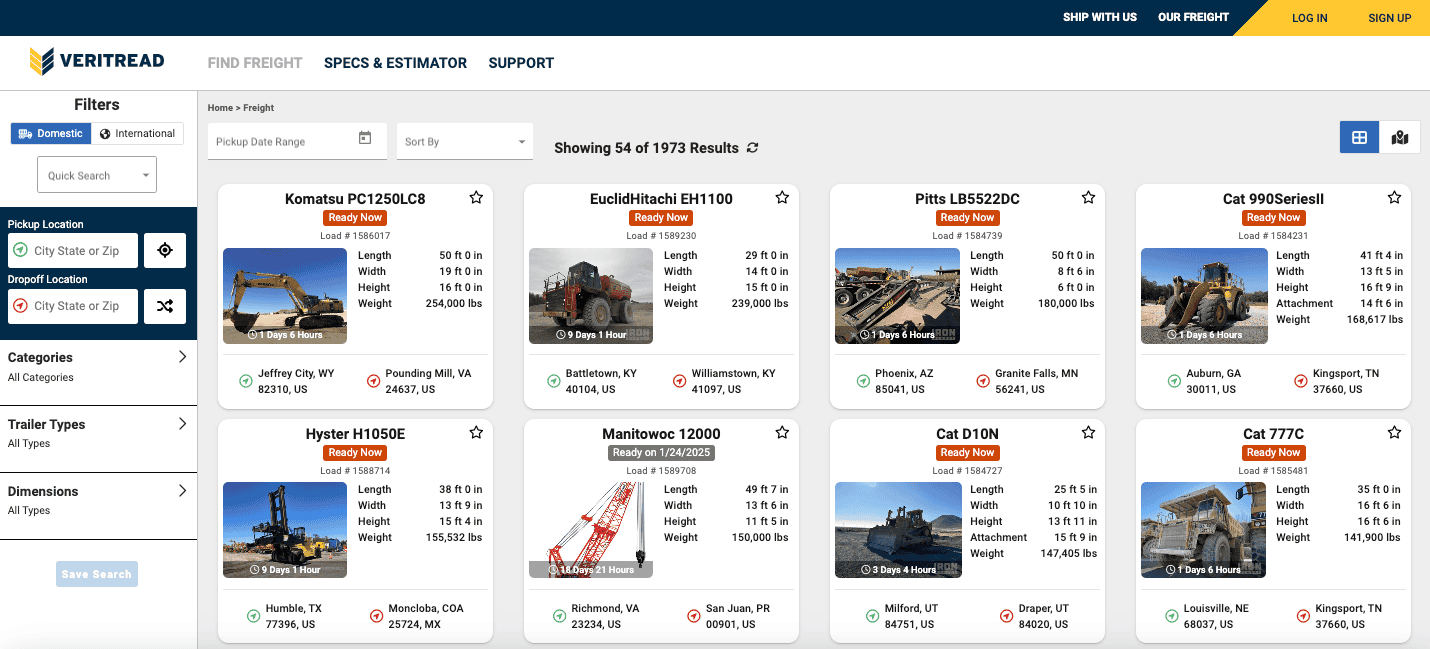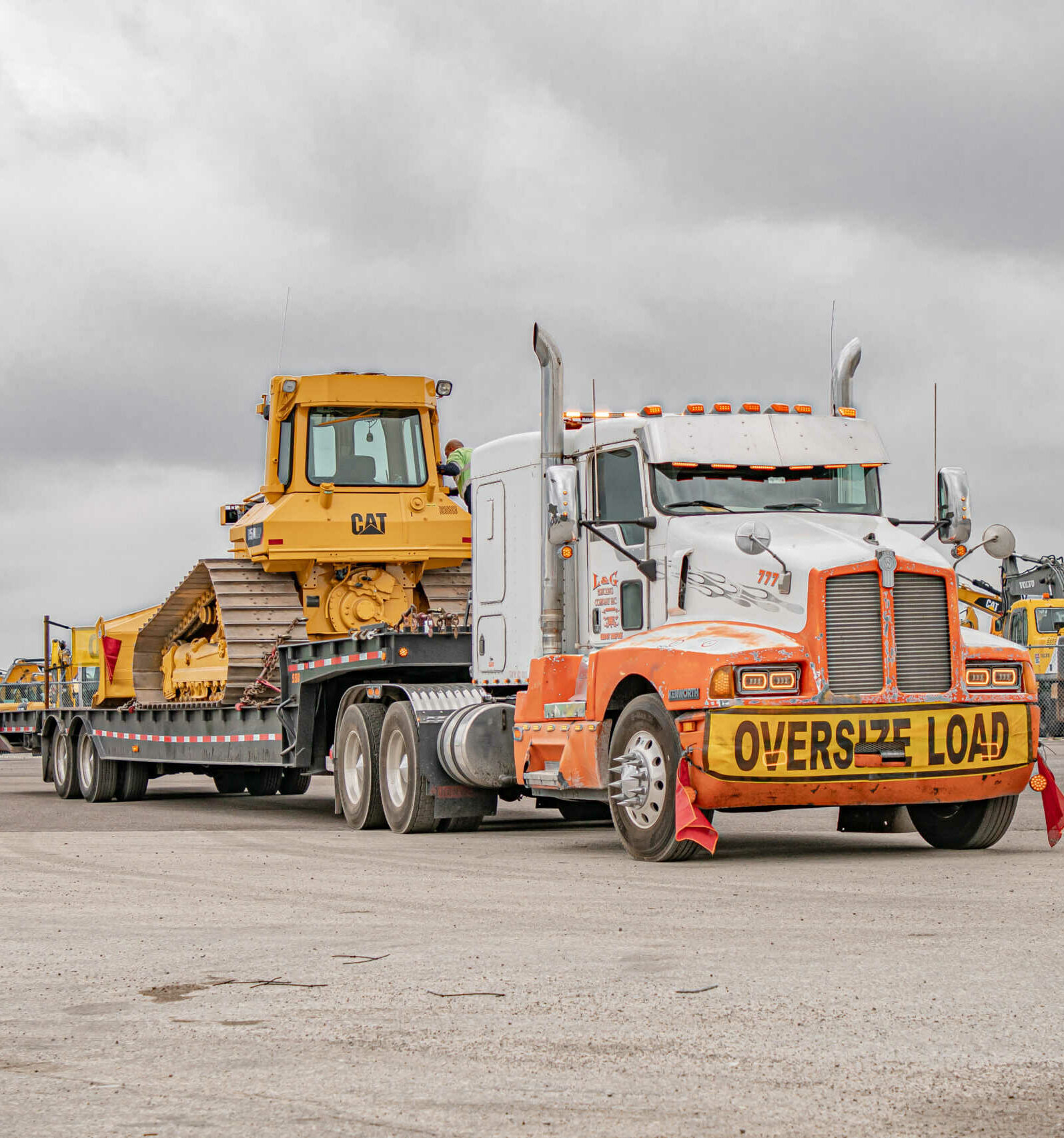Heavy Haul Transport Safety Considerations
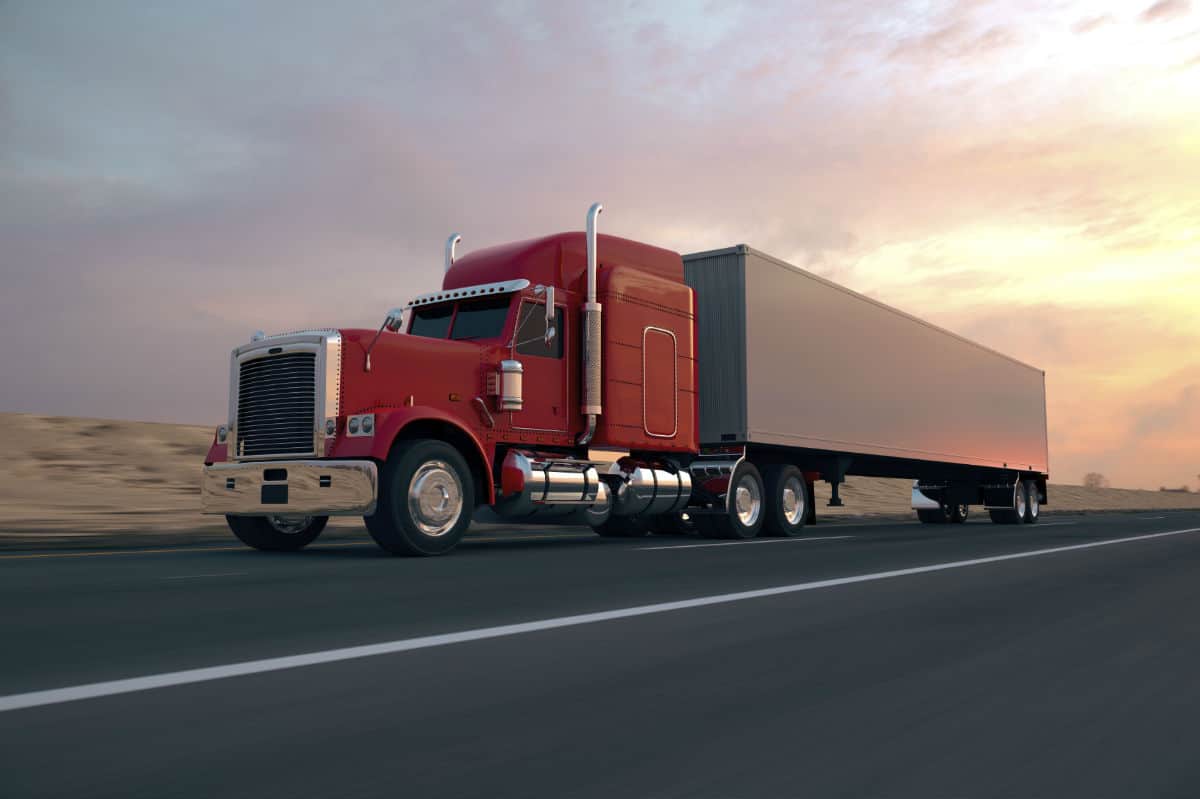
Starting a heavy haul transport journey isn’t just about hauling huge loads; it’s about putting safety first every step of the way. In this detailed guide, we’re diving into the heart of heavy haul transport safety, revealing the main worries, top methods, and crucial strategies used by those at the top of the industry. Whether you are seasoned in logistics or a business owner eager to enhance safety measures, this article is your go-to resource for protecting both drivers and freight. Let’s hit the road of safety together and guarantee that every heavy haul project reaches its destination smoothly.
Outline:
- What are the Top Safety Concerns for Heavy Haul Transport Operations?
- How do Heavy Haul Transport Companies Ensure the Safety of Their Drivers and Cargo?
- What are the Best Practices for Securing Oversized Loads During Heavy Haul Transportation?
- How Can Businesses Minimize the Risk of Accidents During Heavy Haul Transport Projects?
- What Role Does Driver Training Play in Promoting Safety Within the Heavy Haul Transportation Industry?
What are the Top Safety Concerns for Heavy Haul Transport Operations?
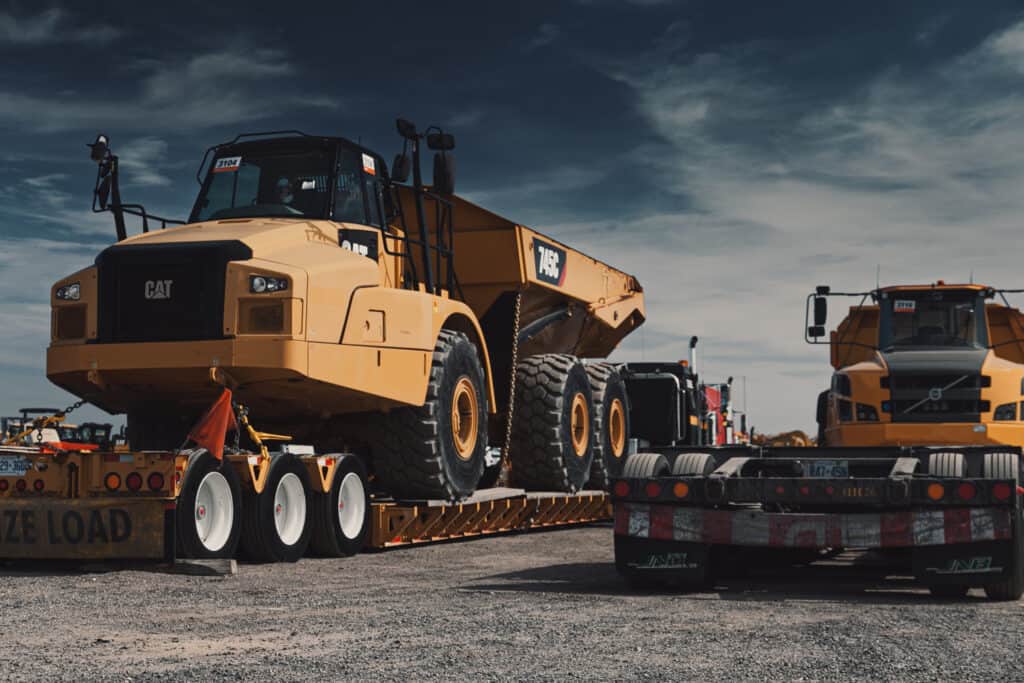
Heavy haul transportation deals with massive cargo, and even minor accidents can have catastrophic consequences. Here are the top safety concerns that heavy haul companies prioritize:
- Shifting Loads: Improperly secured cargo can shift during transit, causing the vehicle to lose control or tip over. This risk is especially high for unevenly weighted loads or those with a high center of gravity.
- Oversized Loads: Large loads can obstruct the driver’s visibility, limit maneuvering capabilities, and create challenges navigating bridges, tunnels, and tight corners. Careful route planning and pilot cars are crucial to mitigate these risks.
- Equipment Failure: Breakdowns of the hauling vehicle, trailers, or lifting and securing equipment can lead to accidents. Regular maintenance and pre-trip inspections are essential to minimize this risk.
- Traffic Safety: Large vehicles require increased stopping distances and wider turning radius. Driver training that emphasizes defensive driving techniques and awareness of other vehicles on the road is paramount.
- Worker Safety: Accidents can occur during loading, unloading, and securing cargo. Proper training for workers in safe lifting practices, using the right equipment, and maintaining clear communication are crucial to prevent injuries.
How do Heavy Haul Transport Companies Ensure the Safety of Their Drivers and Cargo?
Heavy haul transport companies employ a multi-step approach to ensure the safety of their drivers and the cargo they carry. Here are some key measures they take:
- Specialized Training: Drivers receive extensive training beyond a standard commercial driver’s license (CDL). This training focuses on operating heavy haul vehicles, maneuvering oversized loads, handling emergencies, and complying with industry regulations.
- Experience Matters: Companies often seek drivers with experience in heavy haul transport. Experience allows drivers to anticipate challenges, react calmly in difficult situations, and make sound decisions on the road.
- Continued Education: Safety protocols and regulations can evolve. Companies ensure drivers stay updated through ongoing safety seminars and training programs.
- Preventative Maintenance: Regular maintenance of the hauling vehicles and trailers is crucial. This includes inspections of brakes, tires, suspension systems, and all lifting and securing equipment.
- Pre-Trip Inspections: Drivers conduct thorough inspections before every trip, checking for any signs of damage, leaks, or malfunctioning equipment. Reporting any issues promptly is essential.
- Comprehensive Safety Programs: Companies develop and implement safety programs that outline procedures for loading, unloading, driving, and emergency response.
- Clear Communication: Clear communication channels exist between drivers, dispatchers, and on-site personnel. This ensures everyone is aware of potential hazards and can coordinate effectively.
- Safety Culture: A company culture that prioritizes safety encourages open communication of concerns and fosters a work environment where safety is paramount.
What are the Best Practices for Securing Oversized Loads During Heavy Haul Transportation?
Securing oversized loads during heavy haul transportation is crucial to prevent accidents, property damage, and injury. Here are some best practices to ensure your cargo arrives safely:
- Know Your Load: Understanding the weight, dimensions, and center of gravity of the cargo is essential for selecting the proper securement methods.
- Choose the Right Equipment: Use high-quality straps, chains, binders, and other securement equipment with rated capacities exceeding the breaking strength required for the load. Damaged or worn equipment should be replaced.
- Inspect the Trailer: Ensure the trailer bed and tie-down points are in good condition and have the capacity to handle the load’s weight.
- Direct Tie-Downs: Use straps or chains directly connected to the cargo and anchored to secure points on the trailer bed. This is the most common method.
- Shoring and Blocking: For uneven loads or those with a high center of gravity, use shoring bars and wedges to prevent shifting. Blocks placed strategically under the load can provide additional support.
- Friction Mats: Especially for heavy machinery, anti-slip mats placed between the cargo and the trailer bed can provide additional grip and prevent movement.
How Can Businesses Minimize the Risk of Accidents During Heavy Haul Transport Projects?
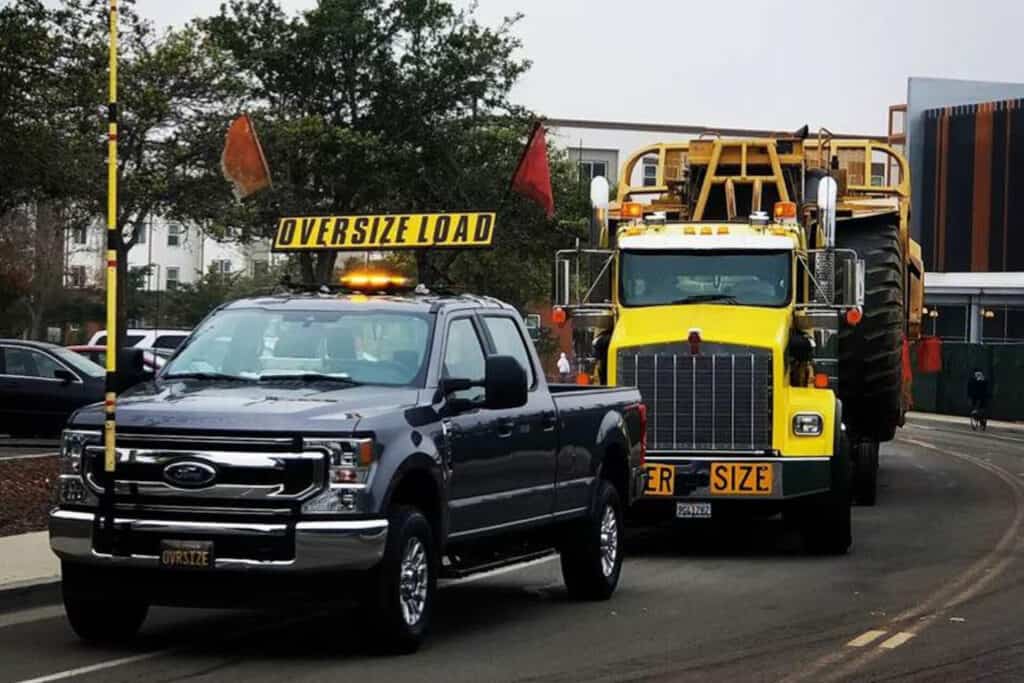
- Route Planning: Conduct a thorough route survey, considering factors like road width, bridge clearances, overhead obstacles, and potential weather conditions. Plan routes that minimize risks and obtain necessary permits for oversized and overweight loads.
- Load Assessment: Analyze the cargo’s weight, dimensions, and center of gravity. This information is crucial for selecting the appropriate trailer, securement methods, and ensuring the route can accommodate the load.
- Risk Assessment: Identify potential hazards associated with the project, such as narrow roads, traffic congestion, or working in remote locations. Develop mitigation strategies to address each risk factor.
- Qualified Drivers: Hire experienced drivers with specialized training in heavy haul transport. Training should cover safe operation of heavy haul vehicles, maneuvering oversized loads, handling emergencies, and following industry regulations.
- Proper Equipment: Maintain a fleet of well-maintained vehicles and trailers specifically designed for heavy haul operations. Invest in high-quality securement equipment like straps, chains, binders, and shoring bars with capacities exceeding the load’s weight.
- Pilot Cars and Escorts: For oversized loads, utilize pilot cars or escort vehicles to warn other drivers, provide additional guidance, and ensure safe passage through traffic.
What Role Does Driver Training Play in Promoting Safety Within the Heavy Haul Transportation Industry?
Driver training plays a critical role in promoting safety within the heavy haul transportation industry. Here’s why it’s so important:
- Unique Handling: Heavy haul vehicles differ significantly from standard trucks. Drivers need training on operating these larger, more complex vehicles, including proper braking techniques, handling turns with oversized loads, and maintaining stability on uneven terrain.
- Maneuvering Challenges: Heavy haul drivers must develop skills to safely navigate tight spaces, low clearances, and challenging road conditions with oversized and overweight cargo. Training equips them to anticipate these challenges and react appropriately.
- Emergency Response: Drivers are trained in emergency procedures for situations like brake failure, tire blowouts, or load shifting. This knowledge can be crucial in minimizing damage and ensuring the safety of everyone involved.
- Maintaining Focus and Alertness: Long hours on the road can lead to fatigue. Driver training includes strategies for maintaining focus, managing fatigue, and recognizing the signs of drowsiness.
- Compliance and Efficiency: Trained drivers are less likely to be involved in accidents that can lead to fines, delays, and damaged cargo. This translates to improved efficiency and cost savings for the company.
Do You Need Help or Have More Questions About Shipping Your Heavy Equipment?
VeriTread is your go to solution for heavy haul. We can transport your heavy machinery to any destination in North America in a safe and timely manner. We are experts with connecting you with a transport provider that can handle all the paperwork, select the right trailer and driver, and chart the most efficient route.
VeriTread moves thousands of machines every year and can quickly generate a reliable estimate on the go. Our extensive specs and dimensions database of 60,000+ items, ensures you spend less time researching and more time putting your equipment to work. The VeriTread Shipper quote process is the simplest way to receive competitive quotes from vetted transport providers. Follow these easy steps and you will receive a quote in under one minute:
- Select Ready To Ship from the Freight Options Page
- Enter a Manufacturer & Model
- Verify or Edit Your Machine Dimensions
- Enter Pickup & Drop Off Locations
- Your Quote is Ready!
veritread products
Top Articles
Freight Types
recent posts
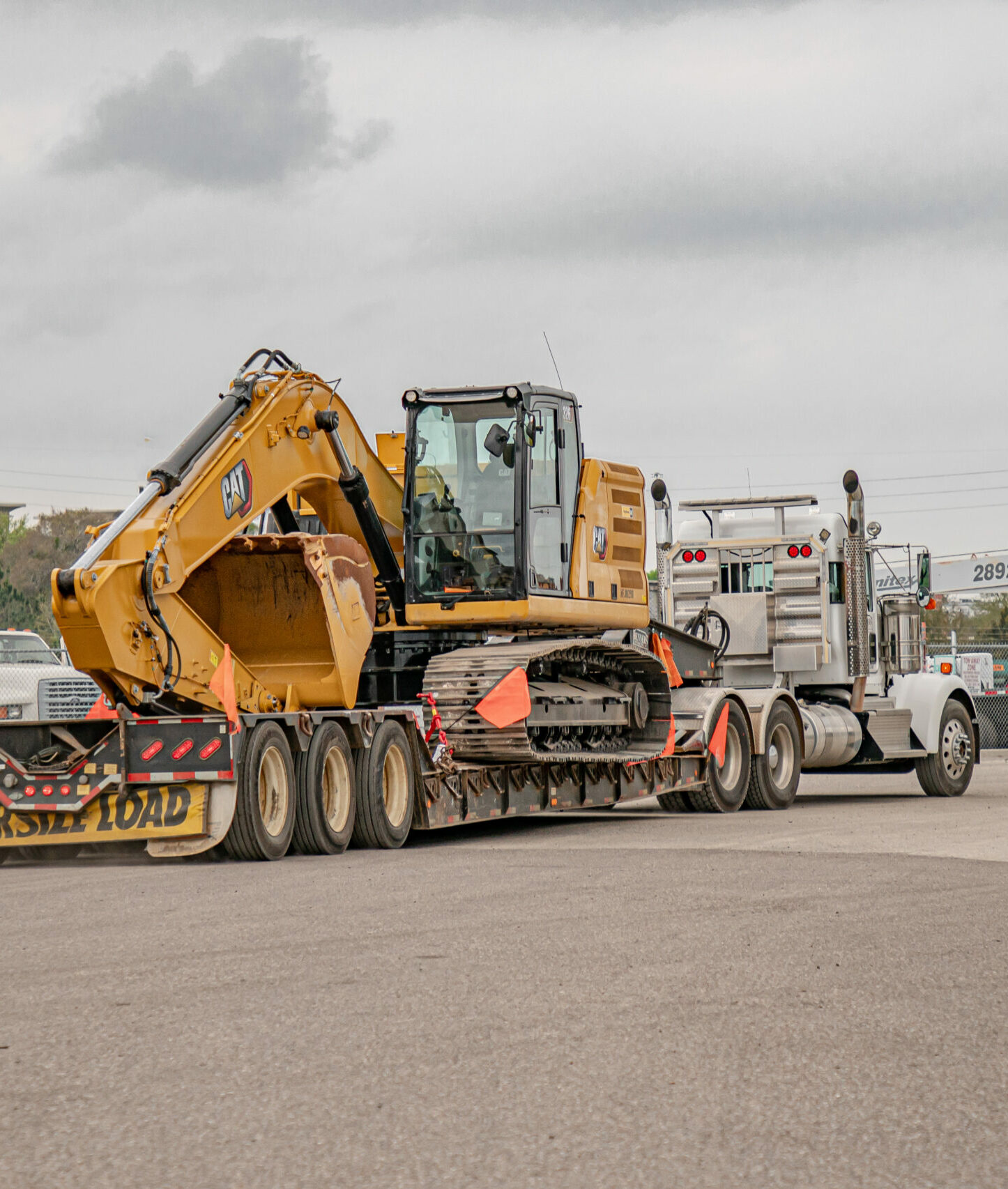
Basic Tips of Heavy Equipment Transport
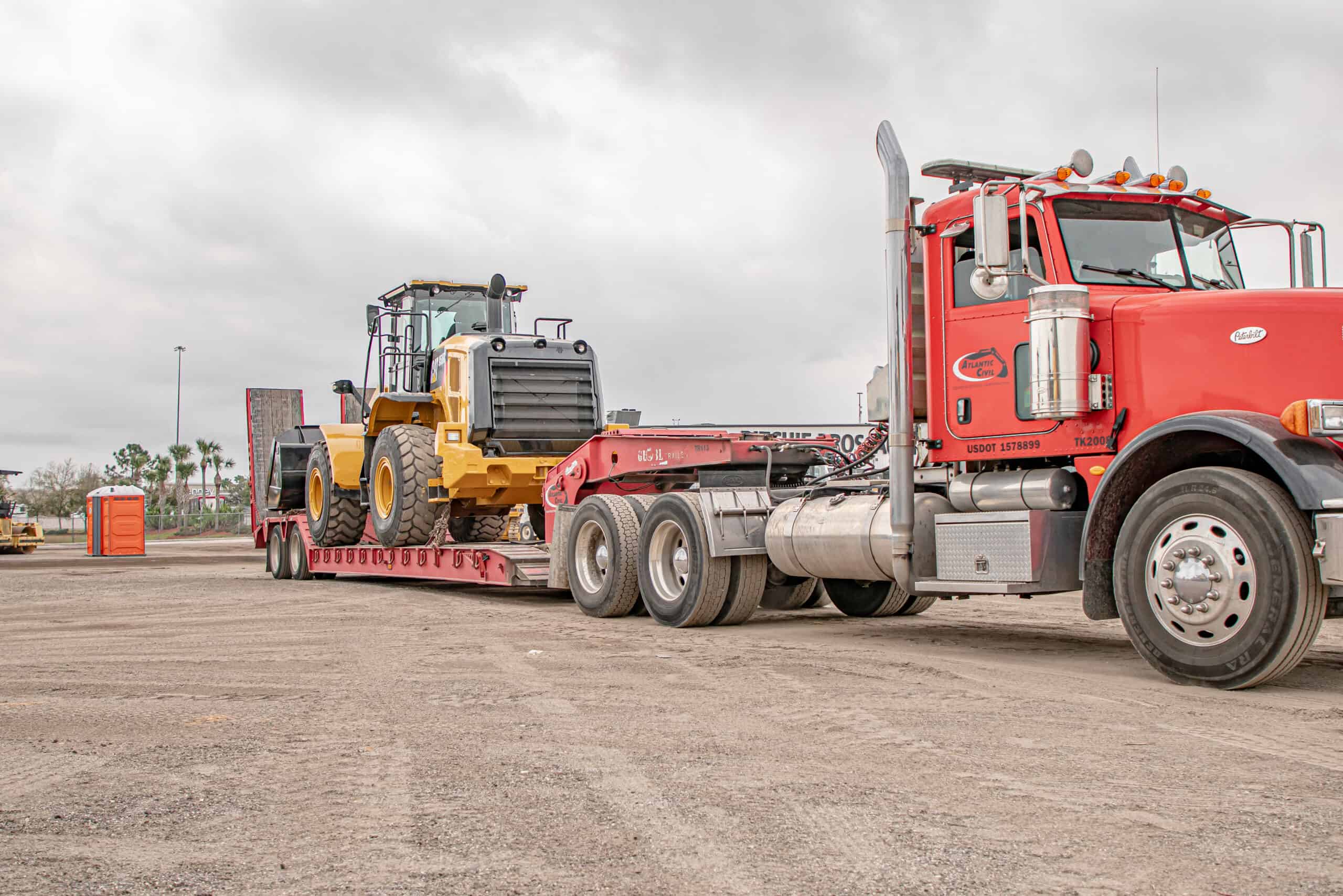
Understanding Equipment Transport Services
